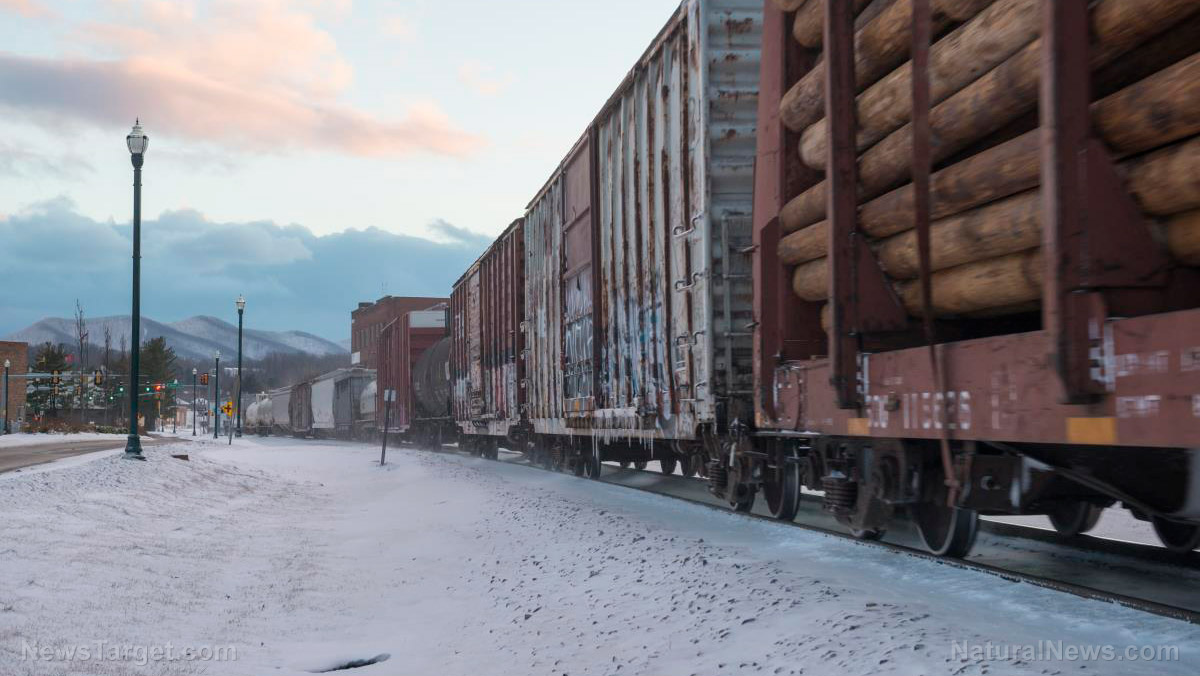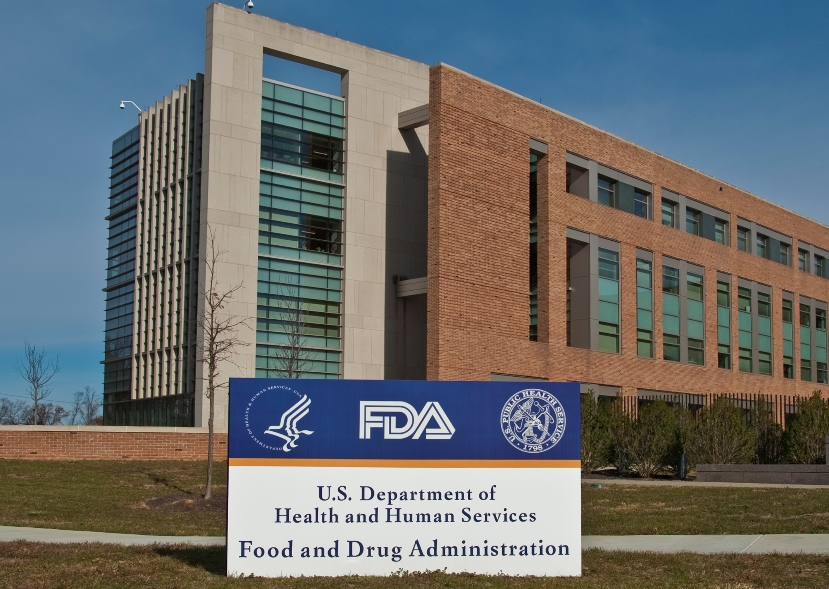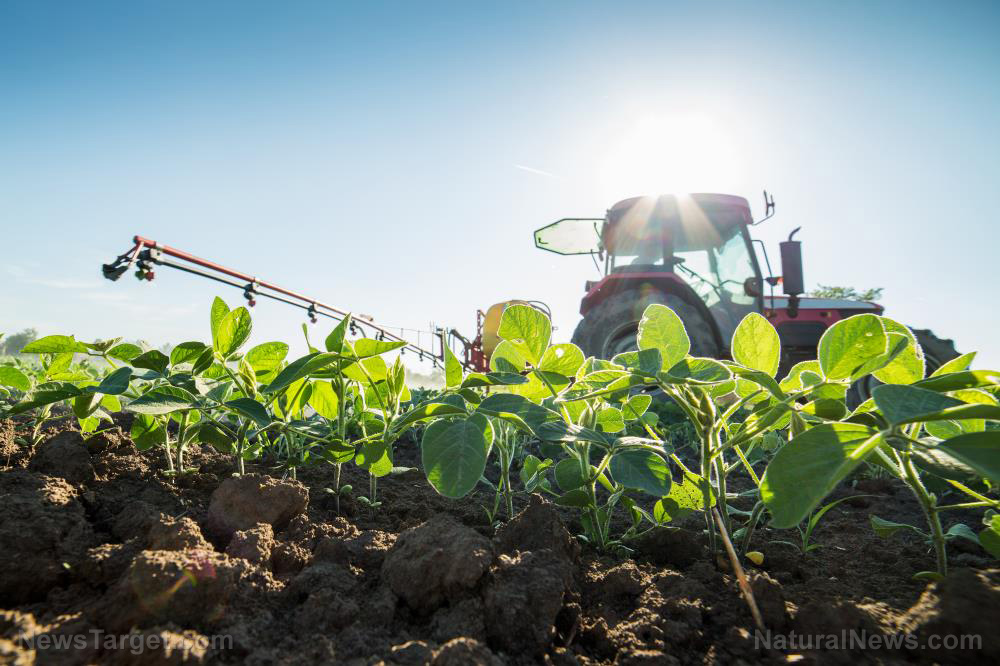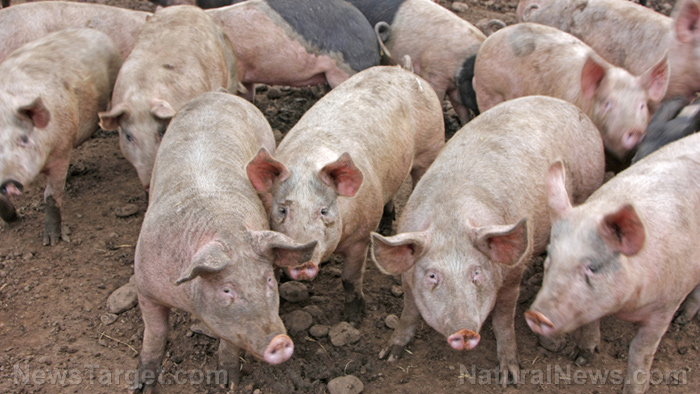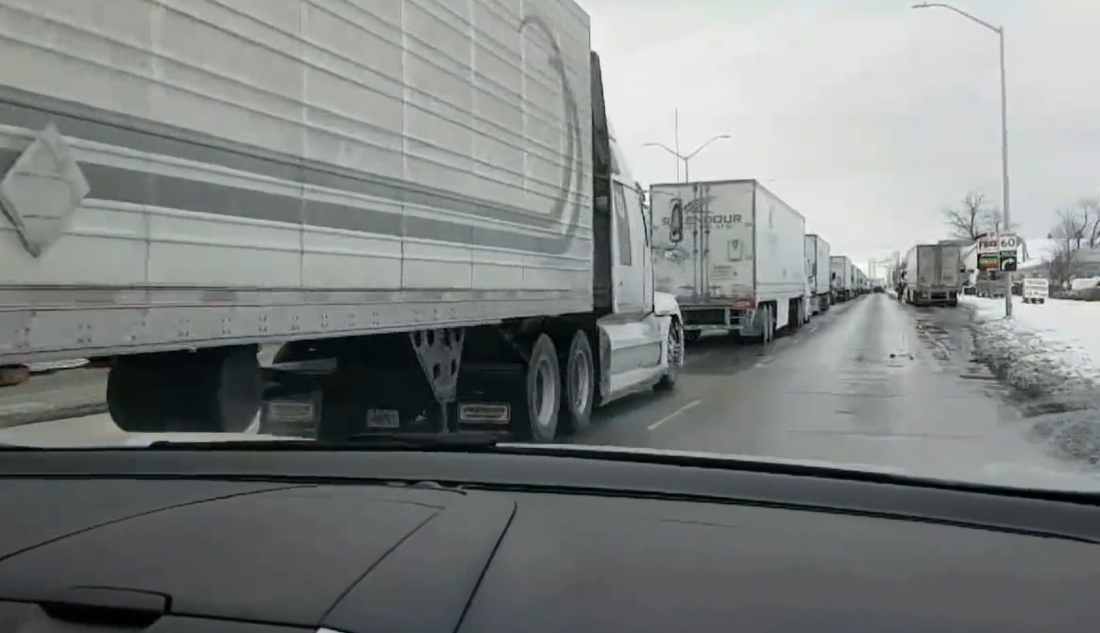Livestock producers now just DAYS away from running out of animal feed due to supply chain disruptions
07/08/2022 / By Ethan Huff
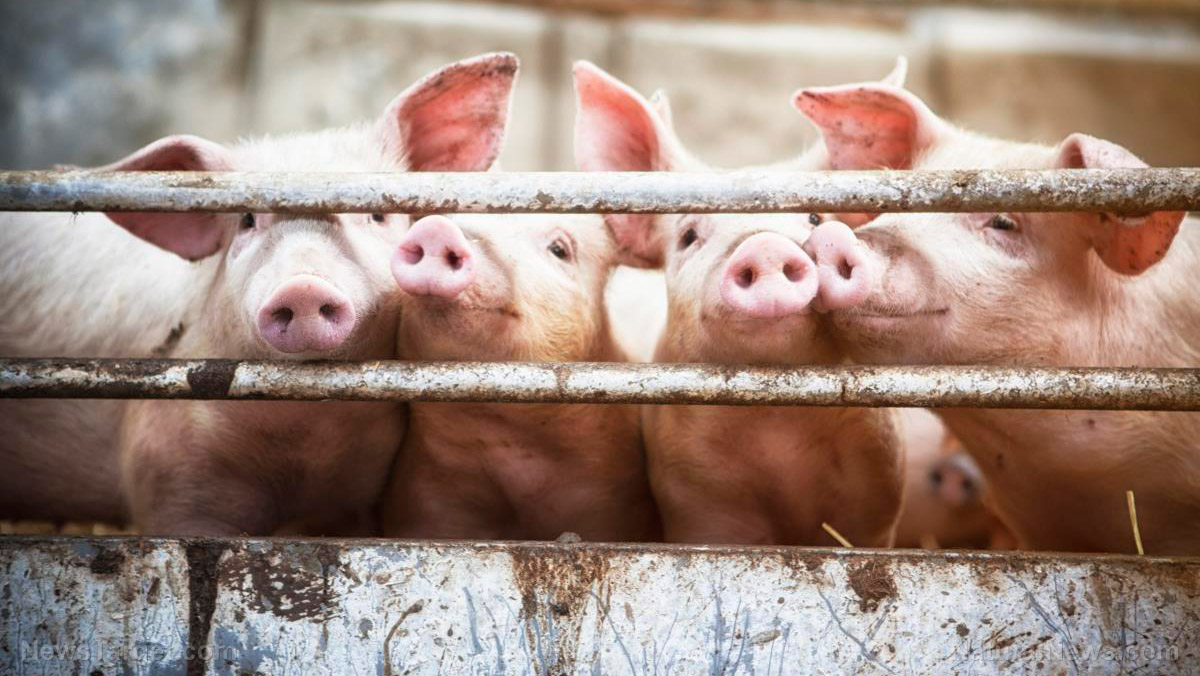
Food and other consumer goods are no longer making their way from point A to point B in the United States, which faces crippling supply chain bottlenecks that threaten to cause mass starvation.
The latest complaint comes from the livestock industry, which says it is just days away from an animal feed crisis if rail lines fail to get their act together, and quickly.
According to reports, many feed users in California and other southwestern states are having to pay $3 more than the CBOT (Chicago Board of Trade) price to secure grain shipments by truck as rail bottlenecks are not only not improving, but in some cases worsening.
AgWeb says that not only are feed users on the brink of running out of grain entirely, but there are also widespread concerns that, come autumn during harvest time, the situation will be exponentially worse.
Members of the National Grain and Feed Association (NGFA) say that the issues they now face really started ramping up late last winter and early spring. This prompted the Surface Transportation Board (STB) to hold a hearing about the matter, but so far nothing has improved.
The hope was that once summer arrived, the situation would resolve itself at least somewhat. Instead, the problem has worsened, including labor issues that are getting worse, not better.
“What I’m hearing from our members is fewer equipment issues and that the equipment and engines seem to be not breaking down, but the train times – the amount of time it’s taking to get the trains – and the reliability of receiving them is still quite a problem in quite a few areas of the country,” said Mike Seyfert, President and CEO of NGFA.
Even Foster Farms can’t get the grain it needs to feed its cattle, chickens and turkeys
Just to be clear, these are not necessarily just small food providers who are unable to secure feed shipments due to being smaller players. Even large players like Foster Farms, the largest chicken producer in the western U.S., are having trouble.
According to reports, Foster Farms recently asked federal regulators to issue an emergency service calling on the Union Pacific (UP) railroad to prioritize corn shipments to feed its thousands of heads of dairy cattle and millions of chickens and turkeys.
“The point has been reached when millions of chickens will be killed and other livestock will suffer because of UP’s service failures,” the company wrote in its request to the STB this week.
The fact that Foster Farms had to ask for an emergency directive towards this end reveals the seriousness of the issue, according to Seyfert.
“At times in the past several months, we have heard from more than one member that has had severe difficulty getting feed, sometimes being within several hours of being short,” he is quoted as saying.
AgWeb says that the biggest problem in all this whole scenario revolves around labor. There are simply not enough people willing or available to work – are Wuhan coronavirus (Covid-19) “vaccines” partially to blame for this, we wonder?
According to NGFA, railroads were already down about 25 percent in staffing prior to the plandemic, and now they are much worse in terms of maintaining a reliable and large enough workforce.
Also this week, 51 members of the U.S. House of Representatives signed a letter calling on the STB to deal with the systemic issues that continue to plague America’s failing railway systems. You can read that letter at AgWeb.com.
To keep up with the latest news about this subject, be sure to check out FoodCollapse.com.
Sources for this article include:
Submit a correction >>
Tagged Under:
agriculture, Animal Feed, collapse, failing infrastructure, food collapse, food supply, grain shipments, hunger, livestock, livestock feed, mass starvation, producers, rail bottlenecks, rationing, scarcity, supply chain, work force
This article may contain statements that reflect the opinion of the author
RECENT NEWS & ARTICLES
FoodRationing.news is a fact-based public education website published by FoodRationing News Features, LLC.
All content copyright © 2021 by FoodRationing News Features, LLC.
Contact Us with Tips or Corrections
All trademarks, registered trademarks and servicemarks mentioned on this site are the property of their respective owners.



